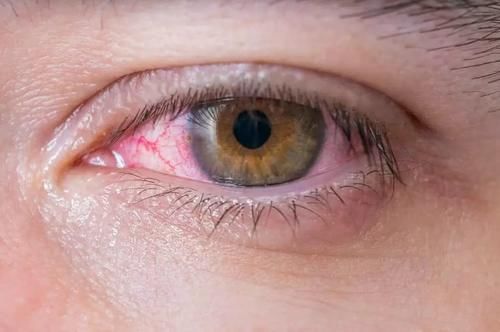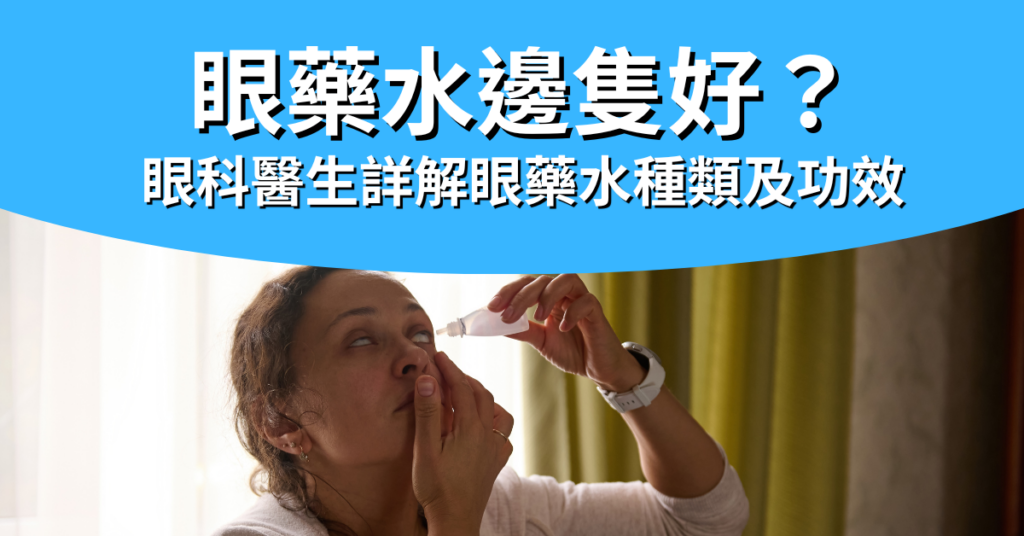
Red eyes indicate some form of eye inflammation. The condition is usually benign and self-limiting. Recognize that red flags for urgent referrals to ophthalmologists are essential to prevent long-term sequelae. A referral is required when a patient experiences severe eye pain, a large amount of pus secretion, loss of vision, distortion of the pupil, severe light loss, eye trauma and herpes infection. The cause of red eyes can be diagnosed by a detailed medical history and a careful eye examination.
| Bleeding or congestion. |
| There was no pain. |
| Vision is not affected. |
| There are no other combined symptoms. |
In some cases the treatment options for red eye disease: .
1. Viral conjunctivitis: Treatment is supportive and may include cold applying, and artificial tears. : Local antibiotics are rarely used because secondary bacterial infections are not common. SARS-CoV-2 can be transmitted through droplets, but infected patients are less likely to spread the virus through tears, a study suggests. Researchers at Singapore's National Centre for Infectious Infectious Diseases collected tear samples from 17 patients with COVID-19 from the initial symptoms until they recovered, usually on the 20th day. None of the patients had eye symptoms, but one patient developed conjunctiva swelling during hospitalization. The virus was not detected in 64 tear samples collected during the study period, but the viral load was detected in the nasophynascopy and pharynx swabs.
2. Bacterial conjunctivitis: Antibiotics are the subject of treatment, and the choice of antibiotics should be based on cost-effectiveness and local bacterial resistance patterns. :
3. Chlamydia : conjunctivitis: Treatment sourciting includes local use of erythromycin eye ointment, as well as oral treatment with azithromycin (a single dose of 1 g) or strong lysycin (twice a day, 100 mg each time for 14 consecutive days) to remove genital infections, and the patient's sexual partner needs to be tracked and treated.
4. Allergic conjunctivitis: Avoiding contact with allergens and using artificial tear fluid is an effective way to relieve symptoms in mild cases. : Over-the-counter histamines/vascular constrictions are also a viable option, and sometimes topical steroids are required to treat acute seizures.
5. 乾眼症:治療包括在白天和晚上使用藥膏頻繁滴入人工淚液,以降低蒸發速率。新的治療方法包括主題環境孢素滴眼液,它增加淚液的產生。Omega-3 脂肪酸也被證明是有幫助的。
6. Sculdonitis: Local NSAIDs have not been shown to have significant advantages over placebos in the treatment of suranoculitis, and topical steroids may be useful in severe cases, although it is usually self-limiting.
7. Hemorrhage under conjunctiva: We only need hot and eye lubricant, recurrent bleeding may require a physical examination.



